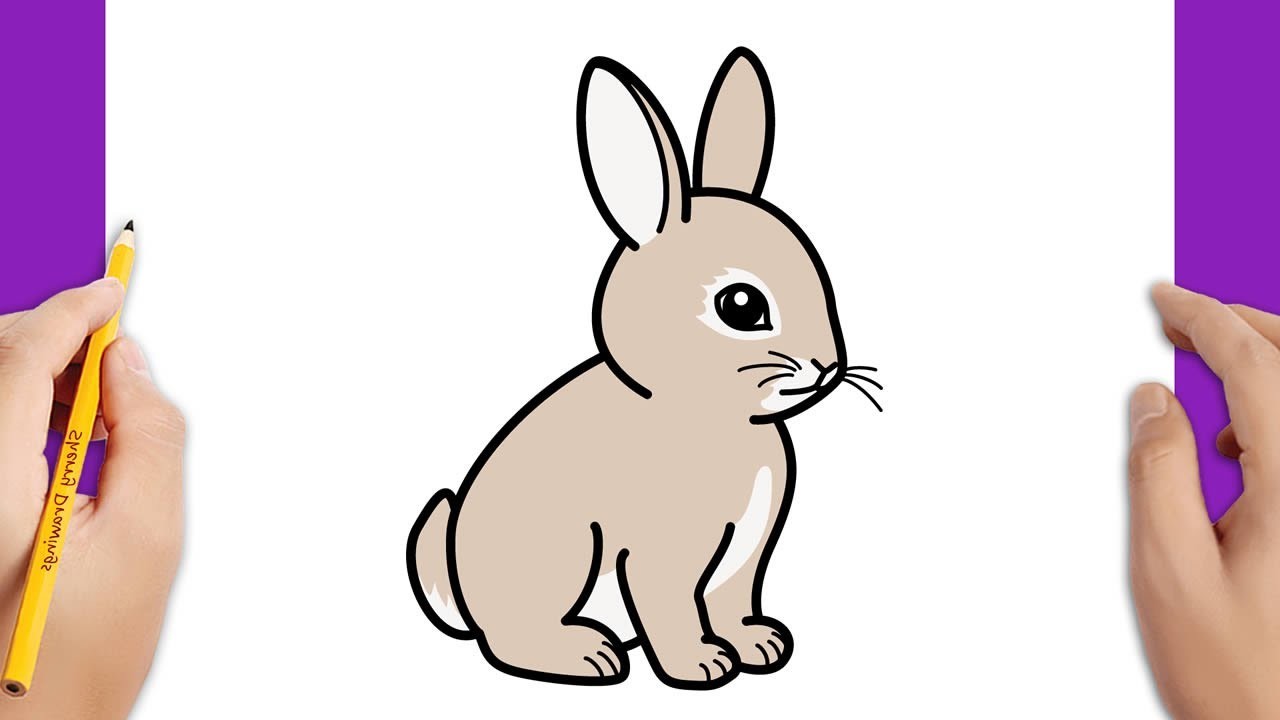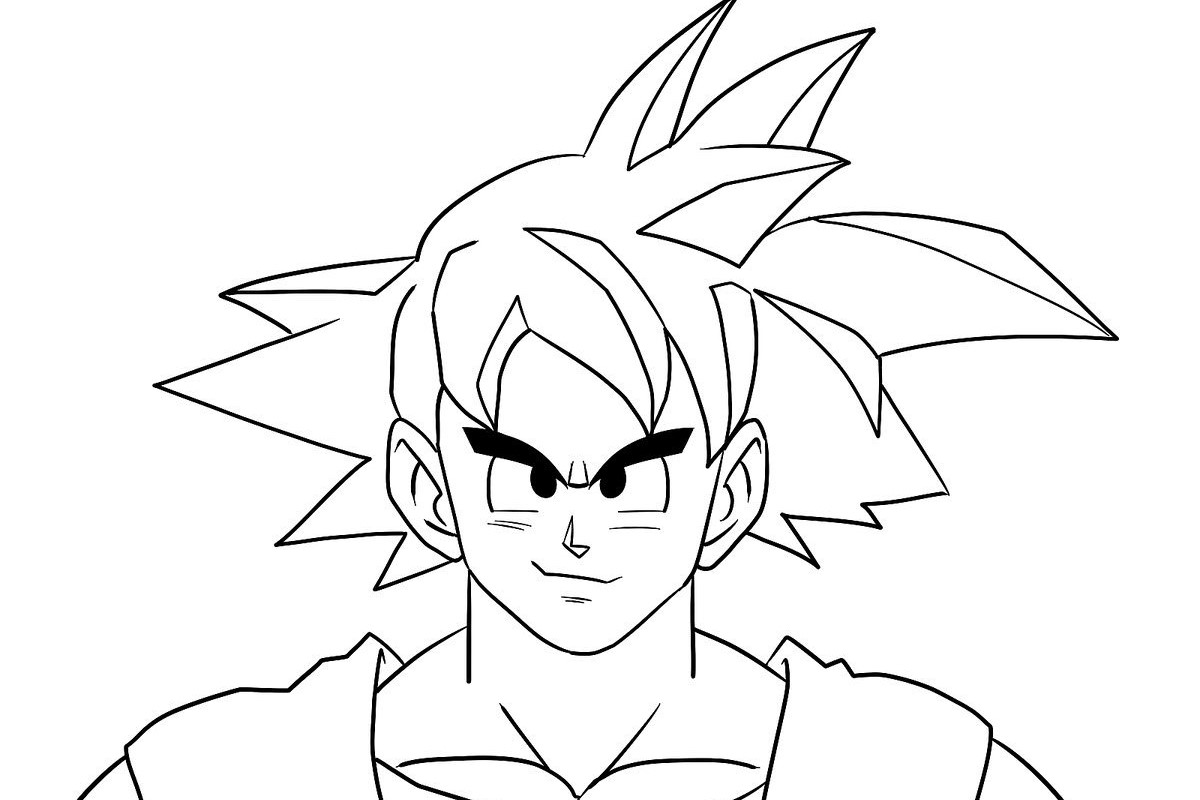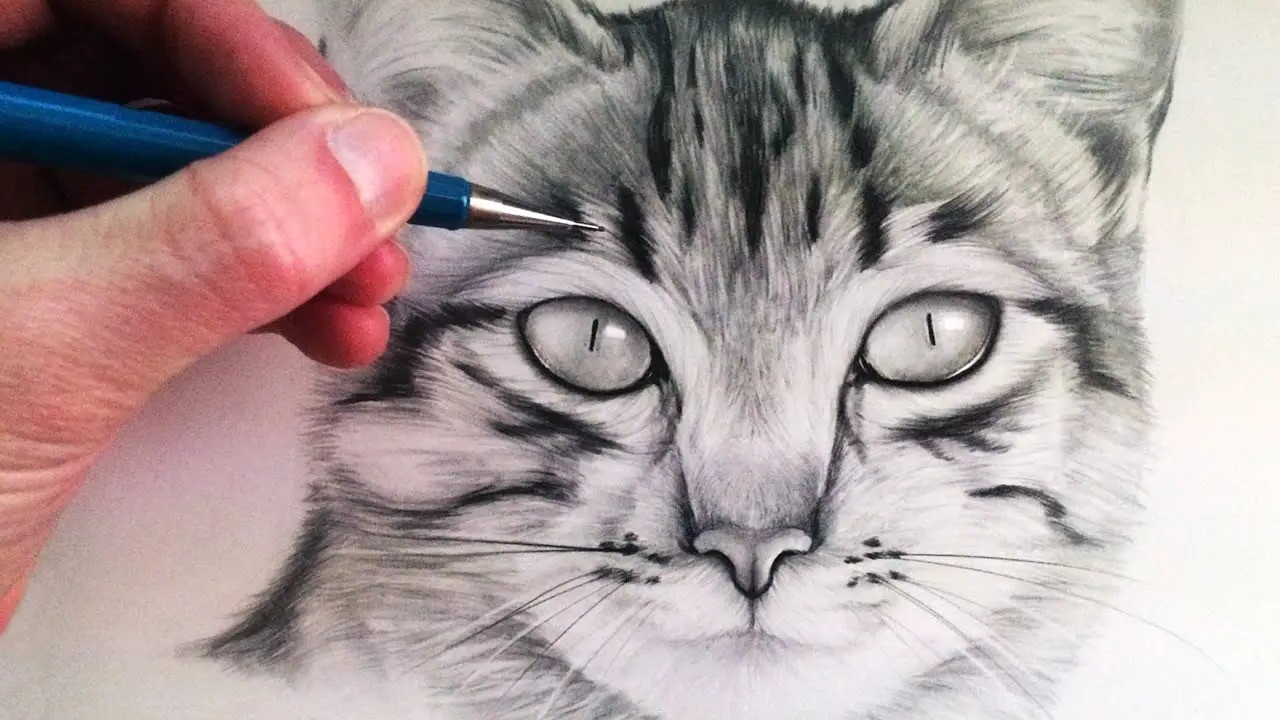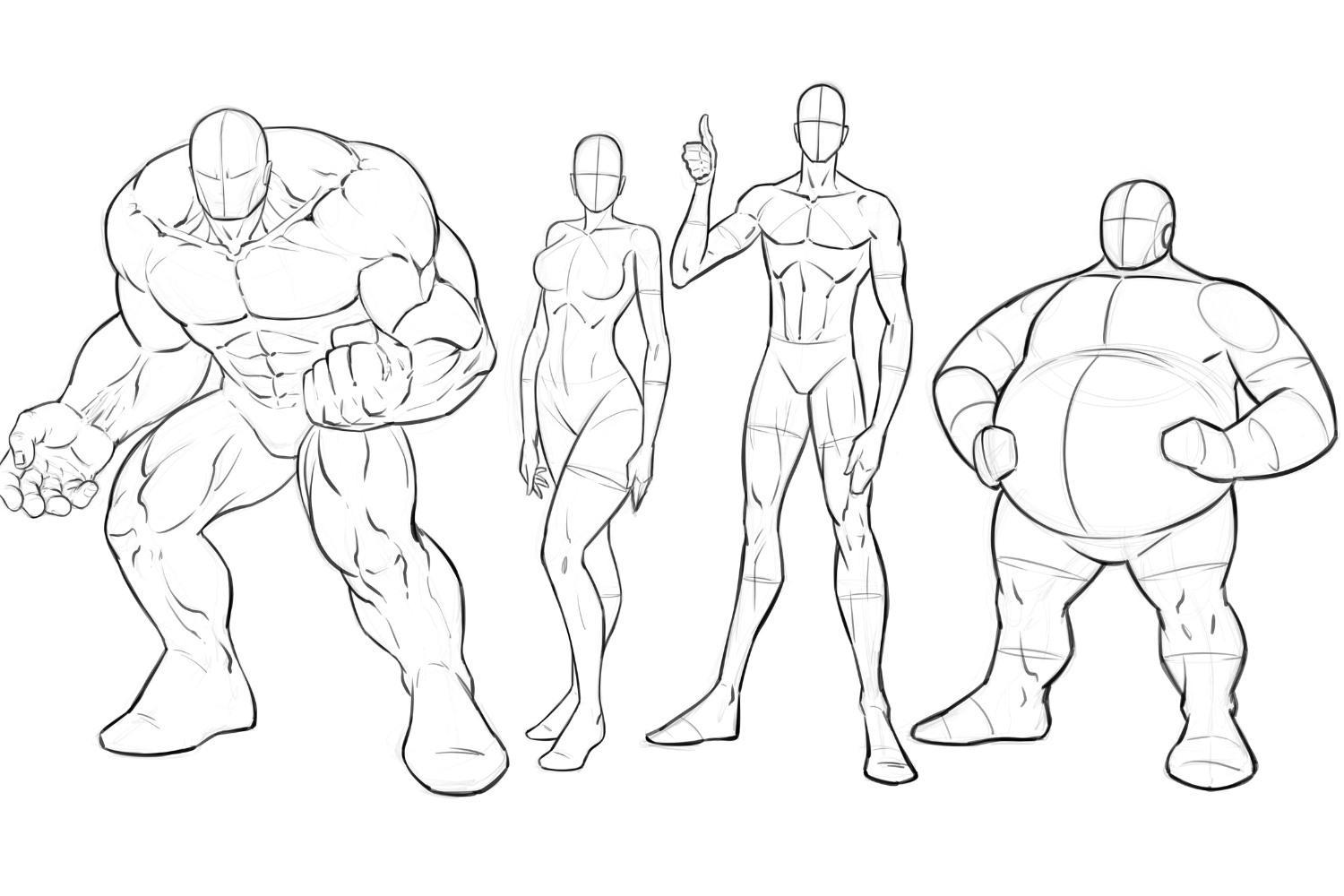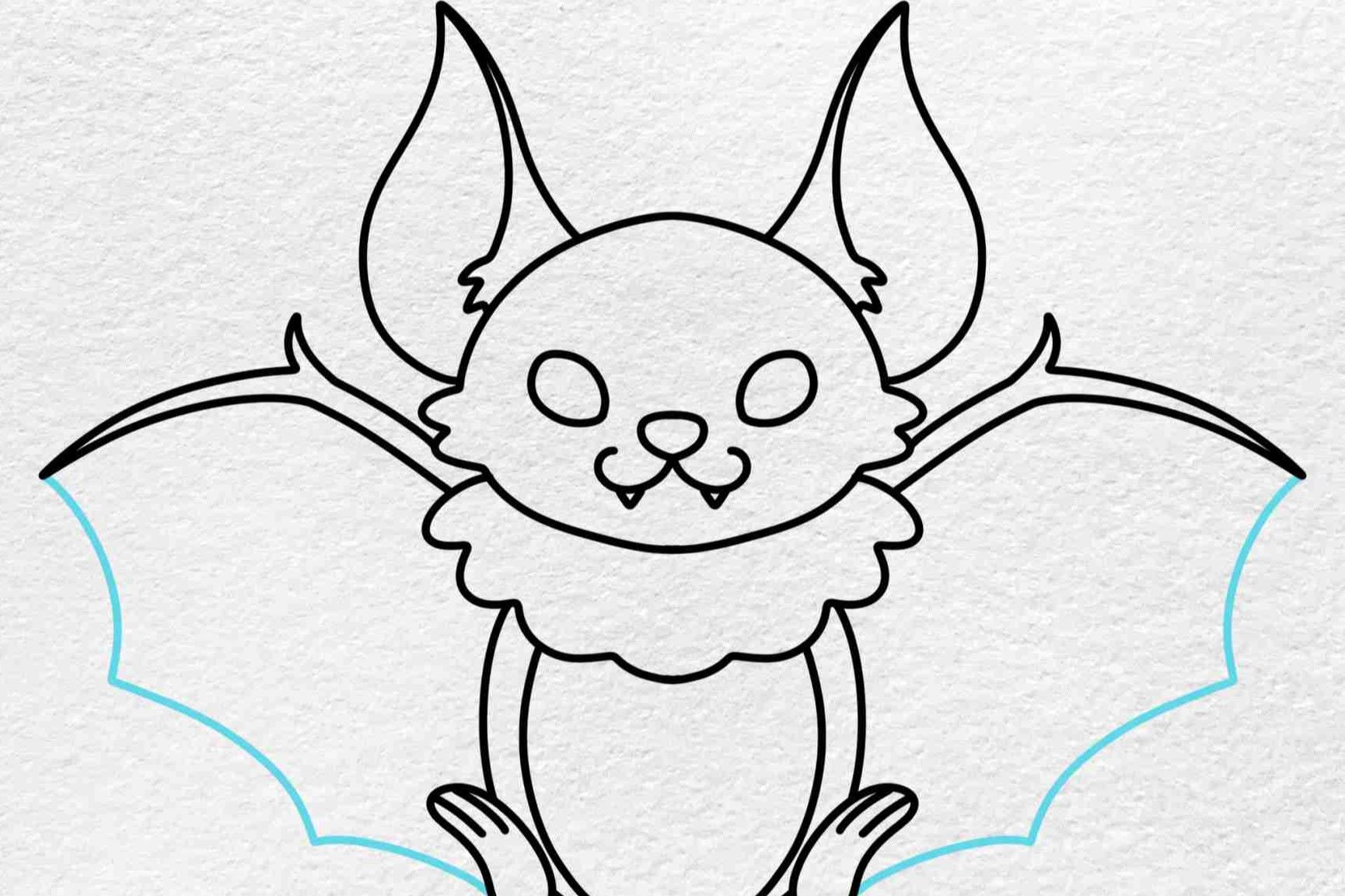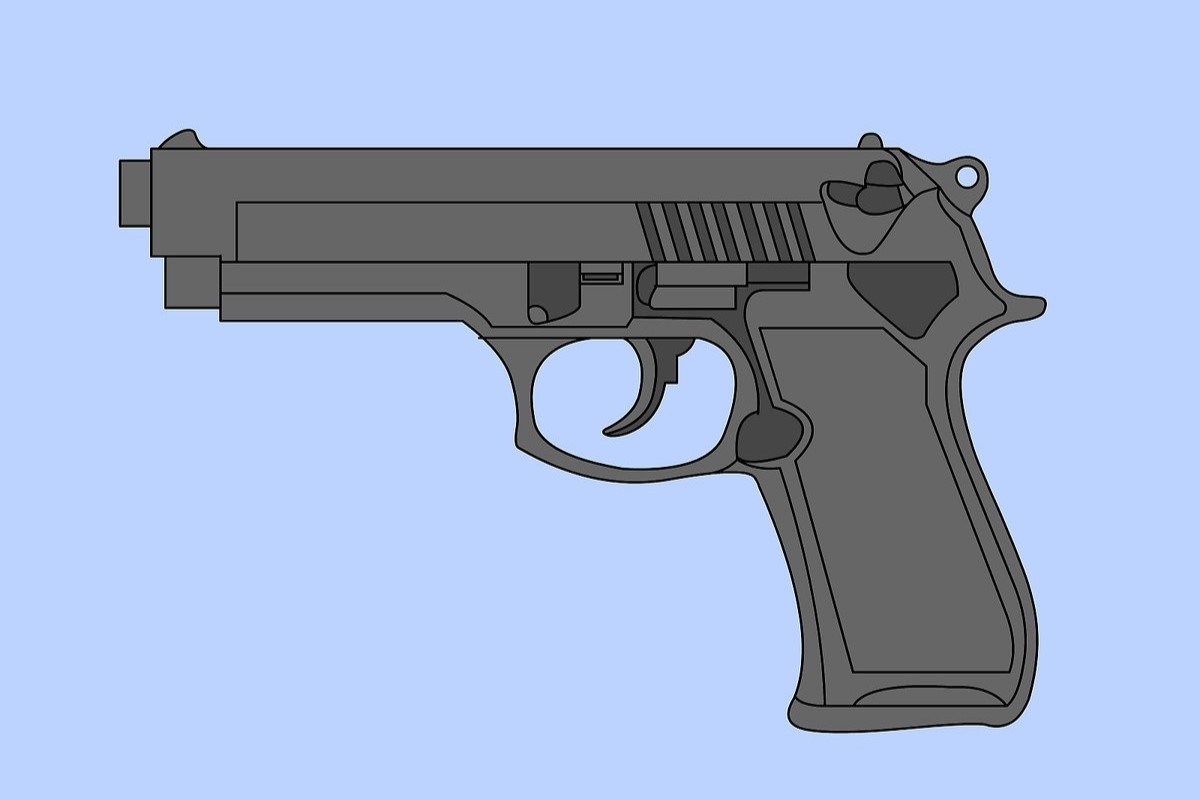Home>Arts and Culture>How To Draw Hair
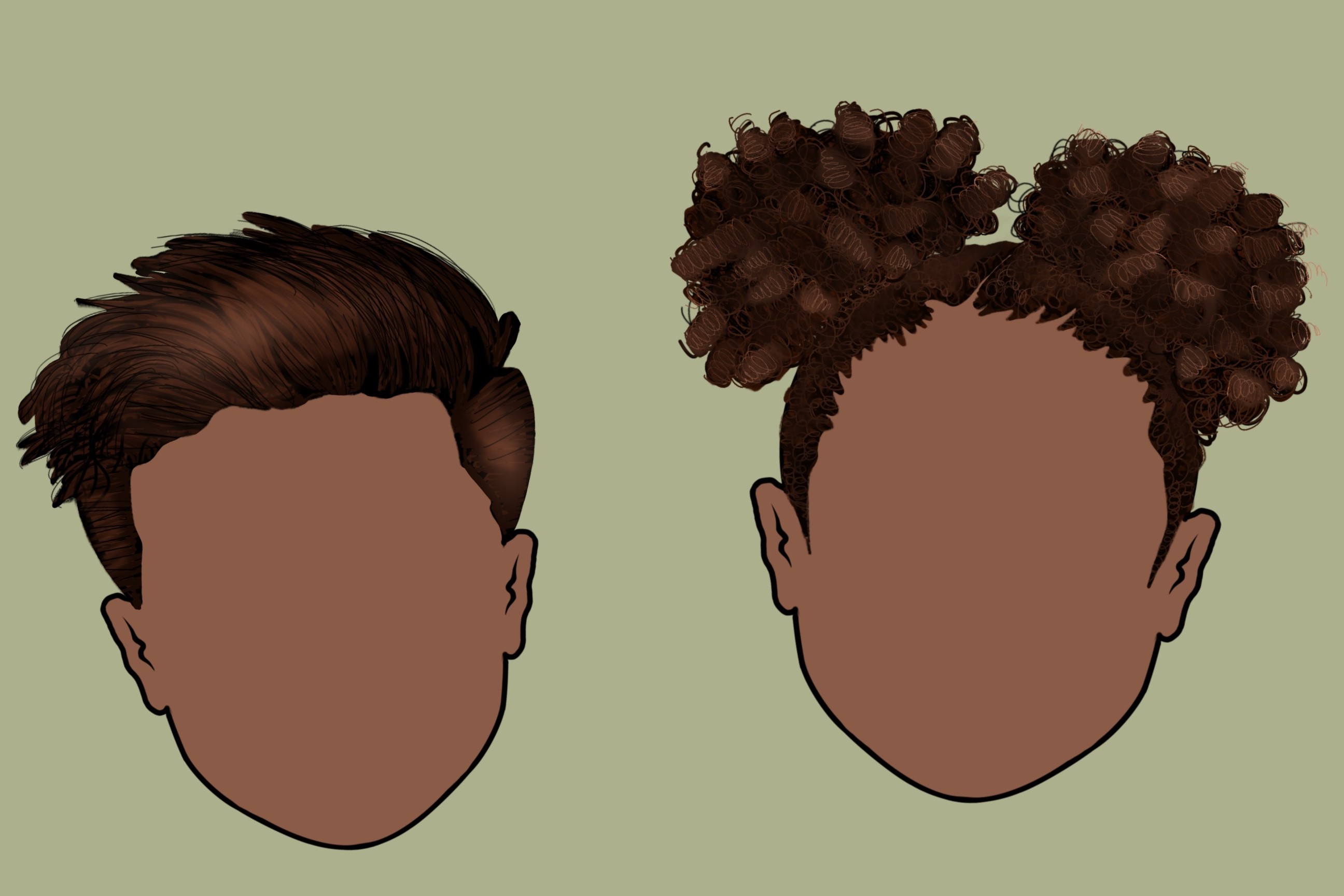

Arts and Culture
How To Draw Hair
Published: February 26, 2024
Learn the art of drawing hair with our comprehensive guide. Explore different techniques and tips to enhance your skills in arts and culture.
(Many of the links in this article redirect to a specific reviewed product. Your purchase of these products through affiliate links helps to generate commission for Noodls.com, at no extra cost. Learn more)
Table of Contents
Introduction
Drawing hair is an essential skill for artists, whether you are a beginner or an experienced illustrator. The ability to depict hair realistically can bring life and personality to your artwork. From flowing locks to intricate braids, mastering the art of drawing hair allows you to create captivating portraits, dynamic characters, and stunning scenes.
In this comprehensive guide, we will delve into the intricacies of drawing hair, providing you with valuable insights, practical tips, and step-by-step techniques to enhance your artistic abilities. Whether you prefer graphite, charcoal, colored pencils, or digital tools, the principles and methods shared in this article can be applied across various mediums, enabling you to unleash your creativity and elevate your artistic prowess.
Understanding the structure, texture, and movement of hair is fundamental to capturing its essence on paper or screen. By exploring the basic principles of hair anatomy and observing its behavior in different lighting and environments, you will gain a deeper appreciation for the complexity and beauty of this integral aspect of human and animal forms.
Equipped with the right tools and materials, you will be ready to embark on your artistic journey, armed with the knowledge and resources to bring your hair drawings to life. Whether it's selecting the appropriate pencils, erasers, blending tools, or digital brushes, having the right equipment at your disposal can make a significant difference in the quality and precision of your hair illustrations.
Throughout this guide, we will unravel the step-by-step process of drawing various hair types, from straight and wavy to curly and textured. By breaking down the techniques into manageable stages, you will gain a clear understanding of how to approach each hair type, allowing you to refine your skills and develop your unique style.
Moreover, we will explore invaluable tips and techniques for infusing realism into your hair drawings, from capturing light and shadow to adding depth and volume. By mastering these techniques, you will be able to create hair that appears lifelike and dynamic, enhancing the overall impact of your artistic creations.
Join us on this artistic exploration as we unravel the secrets of drawing hair, empowering you to unleash your creativity and breathe life into your artwork. Let's embark on this enriching journey together, where imagination meets technique, and the art of drawing hair becomes a captivating and rewarding endeavor.
Read more: How To Draw Curly Hair
Understanding the Basics of Hair
Hair is a defining feature of human and animal anatomy, encompassing a diverse range of textures, colors, and styles. Understanding the fundamental aspects of hair is crucial for artists seeking to accurately portray this intricate element in their illustrations.
Hair Anatomy
At its core, a single strand of hair consists of three layers: the medulla, cortex, and cuticle. The medulla, located at the center, is a soft, spongy layer that may be absent in fine or light-colored hair. Surrounding the medulla is the cortex, which contains the pigment that gives hair its color and determines its strength and elasticity. The outermost layer, the cuticle, is comprised of overlapping scales that protect the inner layers and contribute to the overall texture of the hair.
Texture and Structure
Hair can exhibit a variety of textures, including straight, wavy, curly, or coiled. The structure of the hair follicle, as well as the shape and arrangement of the cells in the cortex, influences its texture. Understanding these distinctions is essential for accurately capturing the unique characteristics of different hair types in your artwork.
Light and Shadow
The interplay of light and shadow on hair is a crucial aspect of rendering its three-dimensional form. Whether it's the glistening highlights on sleek, straight hair or the intricate interplay of light and shadow on voluminous curls, mastering the depiction of light and shadow is essential for creating realistic and dynamic hair illustrations.
Read more: How To Draw People
Movement and Flow
Hair possesses a natural flow and movement that is influenced by factors such as gravity, wind, and the positioning of the subject. Understanding how hair behaves in different conditions and environments enables artists to convey a sense of movement and vitality in their drawings, adding depth and realism to their creations.
By grasping the basics of hair anatomy, texture, light and shadow, and movement, artists can elevate their ability to capture the essence of hair in their illustrations. This foundational knowledge serves as a springboard for honing the skills and techniques necessary to create compelling and lifelike depictions of hair in art.
Tools and Materials Needed
When embarking on the artistic journey of drawing hair, having the right tools and materials at your disposal is essential for achieving precision, depth, and realism in your illustrations. Whether you prefer traditional mediums such as graphite, charcoal, or colored pencils, or opt for digital tools and software, selecting the appropriate equipment can significantly impact the quality of your hair drawings.
Traditional Drawing Tools
-
Graphite Pencils: A set of high-quality graphite pencils in varying degrees of hardness (ranging from 2H to 6B) allows for the creation of delicate lines, shading, and intricate details.
-
Charcoal: Utilizing charcoal sticks or pencils enables artists to achieve rich, dark tones and expressive, textured marks, ideal for capturing the depth and volume of hair.
-
Colored Pencils: For artists seeking to depict hair with vibrant hues and subtle tonal variations, a diverse range of colored pencils provides versatility and the ability to layer and blend colors effectively.
-
Blending Tools: Tortillons, blending stumps, or even tissue paper can be used to seamlessly blend and soften transitions between different tones and textures in hair drawings.
-
Erasers: Both kneaded and precision erasers are indispensable for refining highlights, correcting mistakes, and adding intricate details to hair illustrations.
Digital Drawing Tools
-
Graphic Tablet: Investing in a graphic tablet and stylus facilitates precise control and fluidity when creating digital hair illustrations, offering a natural drawing experience and a wide range of digital brushes and effects.
-
Drawing Software: Utilizing software such as Adobe Photoshop, Procreate, or Clip Studio Paint provides artists with a diverse array of digital brushes, layering capabilities, and advanced tools for rendering realistic hair textures and effects.
-
Custom Brushes: Exploring and creating custom brushes tailored for hair drawing, including brushes for strands, textures, and blending, enhances the versatility and authenticity of digital hair illustrations.
Read more: How To Draw A Chicken
Additional Materials
-
Drawing Paper: Selecting high-quality, acid-free drawing paper with an appropriate texture and weight ensures optimal results when working with traditional drawing mediums.
-
Reference Materials: Whether it's photographs, art books, or online resources, gathering a collection of reference materials depicting various hair types and styles serves as a valuable source of inspiration and guidance for your drawings.
By equipping yourself with the right tools and materials, you are poised to embark on a creative and fulfilling journey of capturing the intricate beauty of hair in your artistic endeavors. Whether you prefer the tactile experience of traditional drawing or the versatility of digital mediums, the selection of appropriate tools and materials lays the foundation for bringing your hair illustrations to life with precision and artistry.
Step-by-Step Guide to Drawing Hair
Drawing hair can be a rewarding and captivating process, allowing artists to infuse their creations with depth, personality, and visual appeal. Whether you are depicting flowing tresses, intricate braids, or tousled locks, mastering the step-by-step techniques for drawing hair enables you to bring your artistic vision to life with precision and artistry.
1. Observing and Analyzing Hair Texture
Begin by closely observing the texture and structure of the hair you intend to draw. Note the direction of the strands, the patterns of highlights and shadows, and any distinctive characteristics such as curls or waves. Understanding these nuances is essential for accurately capturing the unique qualities of the hair.
2. Outlining the Basic Shape
Using light, gestural strokes, outline the basic shape of the hair, considering its overall volume and flow. Whether it's a cascading mane or a tightly coiled bun, establishing the foundational structure sets the stage for adding detail and depth in subsequent steps.
Read more: How To Draw A Shoe
3. Building Layers and Tonal Values
Gradually build up layers of shading and tonal values to convey the depth and dimension of the hair. Pay attention to the interplay of light and shadow, using a range of pencils or digital brushes to create smooth transitions and subtle variations in tone.
4. Emphasizing Highlights and Reflections
Identify the areas where light hits the hair, accentuating highlights and reflections to enhance its luster and vitality. Whether it's the glint of sunlight on strands or the sheen of polished hair, adding highlights brings a sense of realism and luminosity to your drawing.
5. Refining Details and Texture
Focus on refining the details and texture of the hair, whether it's the individual strands, the softness of flowing locks, or the intricate patterns of braids or twists. Utilize fine lines, blending tools, and erasers to capture the intricacies and tactile qualities of the hair.
6. Adding Depth and Movement
Incorporate subtle variations in line weight and shading to create a sense of depth and movement within the hair. Consider the natural flow and dynamics of the hair, allowing your lines and shading to convey its inherent vitality and motion.
Read more: How To Draw A Squirrel
7. Fine-Tuning and Final Touches
Take a step back to assess your drawing, making any necessary adjustments to ensure cohesiveness and visual impact. Refine the details, adjust tonal values, and add any final touches to elevate the overall realism and aesthetic appeal of your hair illustration.
By following this step-by-step guide, you can cultivate the skills and techniques necessary to create captivating and lifelike depictions of hair in your artwork. Whether you are a novice artist or seasoned illustrator, mastering the art of drawing hair opens up a world of creative possibilities, allowing you to breathe life and personality into your artistic creations.
Tips and Techniques for Adding Realism
Achieving realism in hair drawings requires a keen understanding of light, texture, and form, as well as the application of advanced techniques to elevate the visual impact of your illustrations. By incorporating the following tips and techniques, you can infuse your hair drawings with a heightened sense of authenticity and lifelike detail.
1. Study Light and Shadow
Observing how light interacts with different hair textures and styles is essential for creating realistic depictions. Pay attention to the direction of light sources and the resulting cast shadows, as well as the areas of highlights and reflections on the hair. By carefully studying these nuances, you can effectively convey the play of light and shadow, adding depth and dimension to your drawings.
2. Utilize Layering and Blending
Layering and blending techniques are instrumental in capturing the subtle variations and complexities of hair. Whether working with traditional or digital mediums, building up layers of shading and seamlessly blending tones allows for the creation of smooth transitions and realistic textures. Experiment with different blending tools and brushes to achieve a natural and nuanced portrayal of hair.
Read more: How To Draw A Pumpkin
3. Emphasize Individual Strands and Details
Focusing on the individual strands and finer details of the hair contributes to its overall realism. Whether it's the wispy strands framing a face or the intricate patterns of braids, dedicating attention to these elements adds a level of intricacy and tactile quality to your drawings. Utilize precise lines and selective shading to accentuate these details, enhancing the overall authenticity of the hair.
4. Consider Hair Movement and Dynamics
Incorporating a sense of movement and dynamics within the hair enhances its realism. Whether it's the wind-blown tousle of loose strands or the natural sway of flowing locks, conveying the inherent motion of hair adds a dynamic quality to your illustrations. Experiment with varying line weights and directional strokes to capture the fluidity and vitality of the hair.
5. Add Subtle Textural Elements
Introducing subtle textural elements, such as flyaway hairs, strands catching the light, or the soft fuzziness of baby hair, contributes to the overall realism of your hair drawings. These nuanced details create a sense of natural imperfection and authenticity, breathing life into your illustrations and evoking a relatable and organic quality in the portrayal of hair.
By integrating these tips and techniques into your artistic practice, you can elevate the realism of your hair drawings, infusing them with depth, vitality, and an undeniable sense of authenticity. Embracing the intricacies of light, texture, and movement allows you to create hair illustrations that resonate with a captivating and lifelike presence, enriching your artistic repertoire and captivating viewers with the compelling allure of meticulously rendered hair.
Conclusion
In conclusion, the art of drawing hair is a multifaceted and captivating endeavor that offers artists an opportunity to infuse their creations with depth, personality, and visual allure. By delving into the intricacies of hair anatomy, texture, and movement, artists gain a profound understanding of the fundamental elements that define this integral aspect of human and animal forms. Armed with this knowledge, coupled with the selection of appropriate tools and materials, artists are empowered to embark on a creative journey that transcends mere illustration, allowing them to breathe life and vitality into their artistic expressions.
Throughout this comprehensive guide, we have explored the step-by-step techniques for drawing various hair types, from the initial observation and analysis of hair texture to the meticulous refinement of details and the incorporation of movement and dynamics. By following these systematic approaches, artists can refine their skills and develop a nuanced understanding of how to capture the essence of hair with precision and artistry.
Furthermore, the invaluable tips and techniques shared in this guide serve as a roadmap for infusing realism into hair drawings, from studying light and shadow to emphasizing individual strands and incorporating subtle textural elements. By embracing these advanced strategies, artists can elevate the authenticity and visual impact of their hair illustrations, captivating viewers with the compelling allure of meticulously rendered hair.
As artists continue to hone their craft and explore the boundless possibilities of depicting hair, they are invited to embrace the convergence of imagination and technique, where each stroke and shading breathes life into their artistic vision. Whether it's the flowing locks of a portrait, the intricate braids of a character, or the untamed strands of a captivating scene, the art of drawing hair transcends mere representation, becoming a testament to the artist's ability to evoke emotion, narrative, and beauty through their creations.
In essence, the journey of mastering the art of drawing hair is a testament to the artist's dedication to capturing the intricacies of the human experience, one strand at a time. As artists continue to explore and refine their techniques, they are poised to create hair illustrations that resonate with a captivating and lifelike presence, enriching their artistic repertoire and captivating viewers with the compelling allure of meticulously rendered hair.




